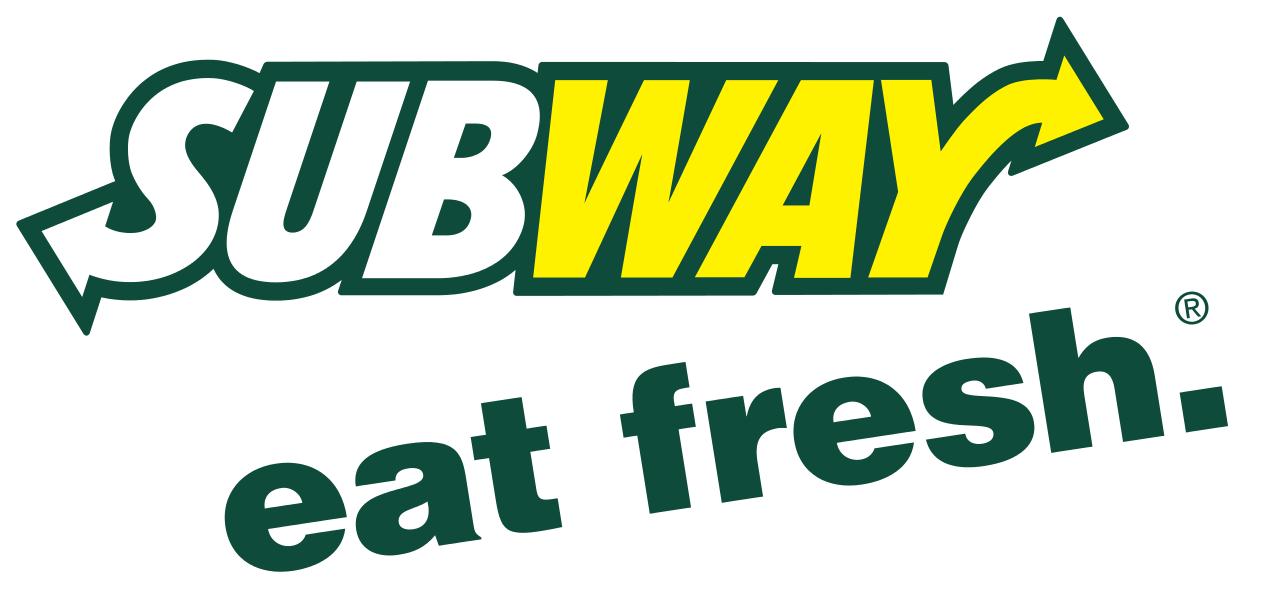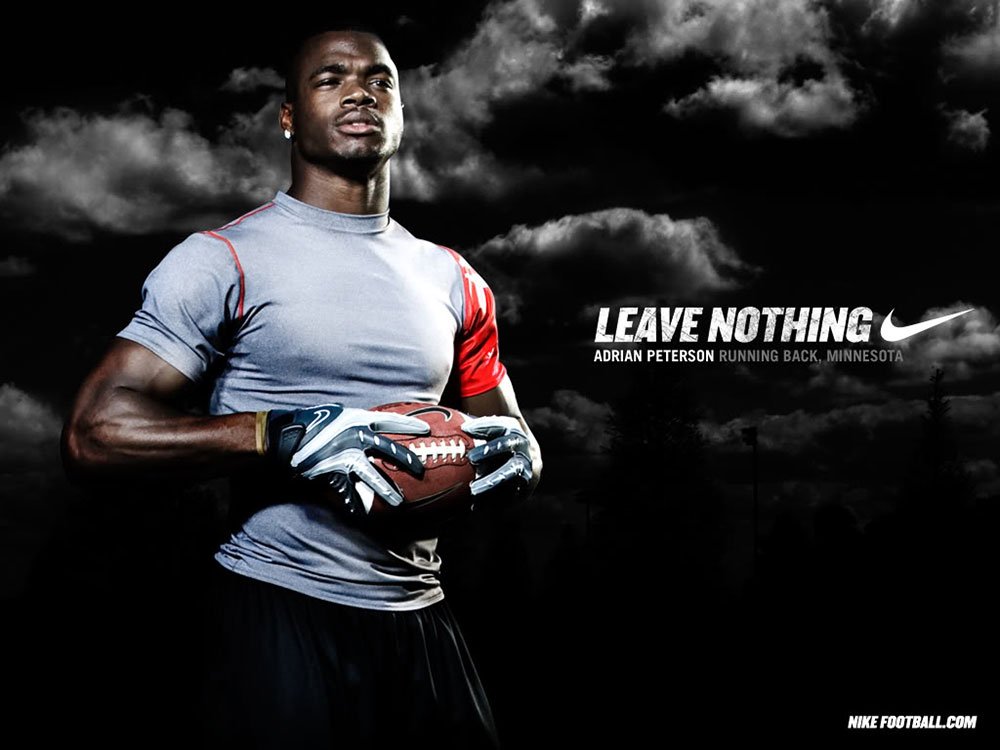Using. Grammar. Wrong. When is it ok?
The other day I got some feedback from a client that said, “I get why some brands use grammar like this, but it’s not for us.” The offending article had been some staccato wording, similar to that in the heading of this blog. I’d used full stops to make. A. Point. Because when you read things like that, they sound more impactful. They just hit differently. Bam. Right in your face.
But the client didn’t want ‘bam,’ and sometimes it just isn’t right. So I’m going to look at some popular deliberate misuses of grammar and explain when it’s cool, when it’s a bit forced, and when it just doesn’t work. Hold onto your semicolons; this could get messy.
First, think of grammar as a guide
Some people treat grammar like it’s the Queen - they bow before it, they respect it, and they think it absolutely has a place in a modern society. However, I’m not some people - I’m a creative copywriter, and I think grammar - like the Queen - isn’t always what we need.
Grammar, in the right hands, can be messed around with. You can use it to make things sound different, to make language feel more natural, and to guide your reader on a certain linguistic journey. For example, if I put a question mark here? You read it with an upwards inflection. Grammatically, you didn’t need the question mark , but I wanted to stick one in to see if I could control your mind - and I could, which is cool.
If you’re not a confident writer, you should absolutely stick to using grammar the way it’s intended. But if you know how to use the tools at your disposal, you can start to have a lot of fun with it and create copy that stands out.
Not all words are equal
Missing the odd word out here and there can make your copy sound quirky. You read it once and think something looks off, so you read it again to figure it out. Sometimes, this looks shit, and upon the second reading you realise it makes no sense at all. But when it’s done well it really works.
Take this classic from Subway:
Grammar pedants would say it needs an extra word after ‘fresh’. “Eat fresh what?” the amend would read. “Eat fresh food? Eat fresh bread? Our customers won’t understand this, please revisit.” But by missing that final word out, Subway created a catchphrase that became synonymous with the brand.
Nike do the same sort of thing with this example:
Leave nothing where? They don’t need to tell you - you fill in the blanks. Ads like these trust your intelligence, and by doing so end up with a snappier, punchier bit of copy that looks stronger in action. Any sports brand could say, ‘Leave nothing behind,’ but Nike have the confidence to leave ‘behind’ behind too. I love that for them.
Be playful with punctuation
There are certain ways punctuation should be used, but there are plenty more ways it CAN be used. You’ve got so many funky little characters to play with, and when you get creative with them you make surprising things happen.
Let’s see some in action.
One of my favourites is the single quotation mark. I’ve seen many people write things like ‘this’ and think it draws attention to certain words, but actually it just makes it sound like you’re being sarcastic. Like if I said I hope you’re enjoying my blog about ‘grammar’, you’d think my blog wasn’t really about grammar at all. You’d think I was taking the piss. And I’m not, promise. I would never do that.
I also enjoy the odd ellipsis. Those three little dots add suspense to any sentence, giving you the impression that there’s a cliffhanger pending. However, if you stick them in the wrong place…
They can make everything you write…
Sound very dramatic…
Commas can be fun too. Throwing a really long sentence in the mix makes your reader short of breath, forcing them to read on for longer, to take more in, to work harder to absorb your writing, to build up anticipation, to feel tension, anticipation, even annoyance. Finish this with something snappy and pow - that’s copywriting.
Punctuation makes people read things in a certain way. Decide what emotion you want to elicit in your target audience, then force it on them with grammar.
Write BIG LETTERS
Capital letters, am I right? They should be used at the start of a sentence or with proper nouns, not just thrown about willy nilly. WRONG. Putting words in capital letters makes you read them with a sharp intake of breath. Your words shout, they jump from the page or screen, then stand out against a background of lowercase. If you use full caps with restraint, your reader’s eye will be drawn to them, and they’ll make important messages stand out.
Full caps is also a tone of voice choice. Some brands couldn’t get away with shouting, and some messages are best delivered in a more serious way. Say I was your energy provider sending you a letter about how much I was going to increase your bill by. If it said, “Your bill will increase by ONE HUNDRED AND FIFTY POUNDS,” it sounds a bit sarcastic. And even though it is a complete joke that businesses making billions in profit are charging us more money for no logical reason, the copy shouldn’t make that obvious.
However, if you’re a brand that can afford a bit of a laugh, throw in the odd full caps and see how it makes your copy more interesting.
Use words wrong
Finally, let’s just break the grammar rule book all together and use words in completely the wrong way. Advertising has been doing this for ages, turning adjectives into nouns, saying things like, “Unlock your possible” and “Find your happy”.
It’s a bit of a cliche, really, but don’t let that put you off.
Stick a verb where a noun should be. Use only adverbs. Put a conjunction in next to another conjunction. Go crazy, I ain’t your boss. Your only master is the limits of your imagination, and if you’re smart with language, you’ll create copy that your audience won’t expect.
You might also create something truly awful, but that’s the risk you take.

